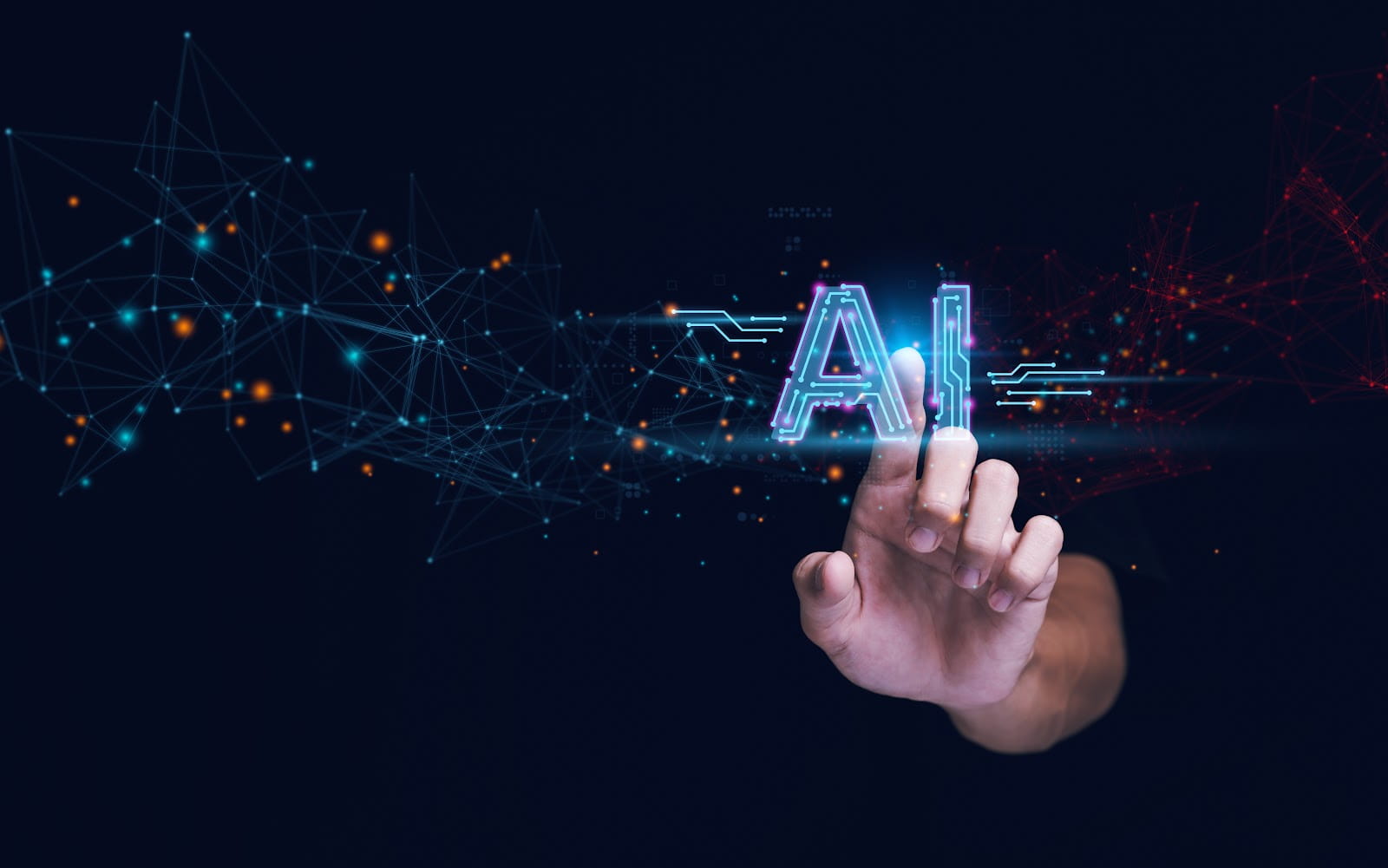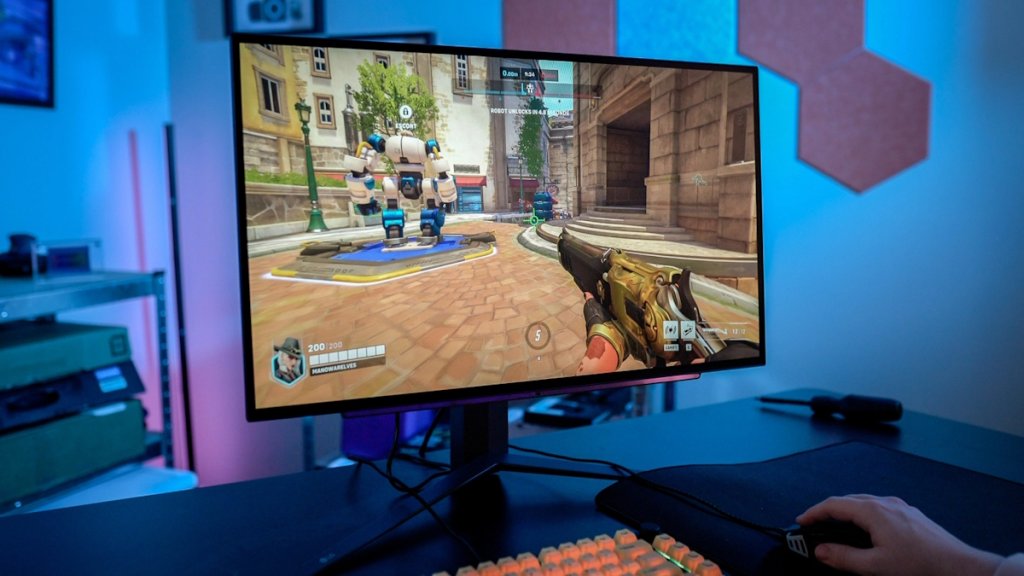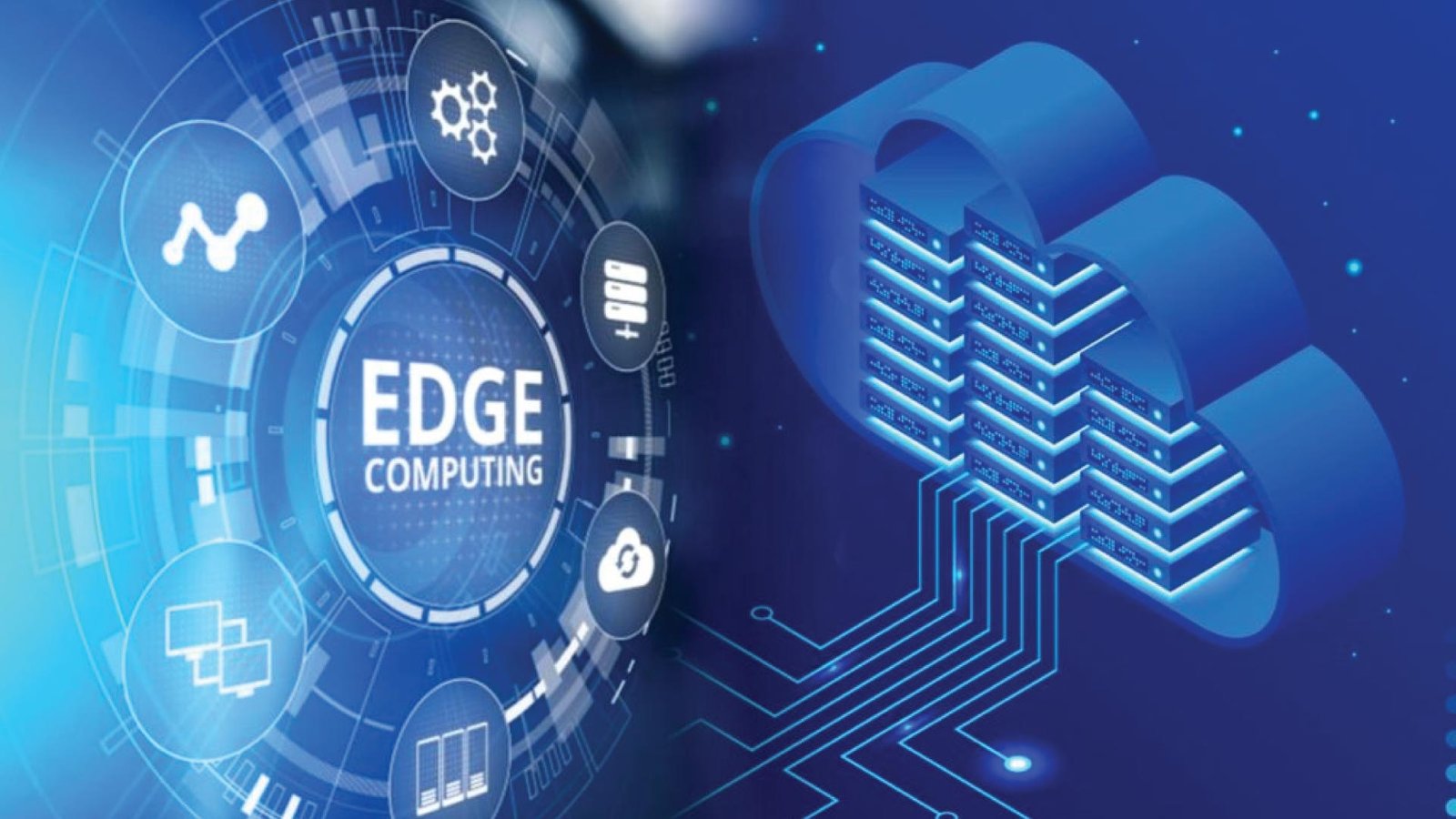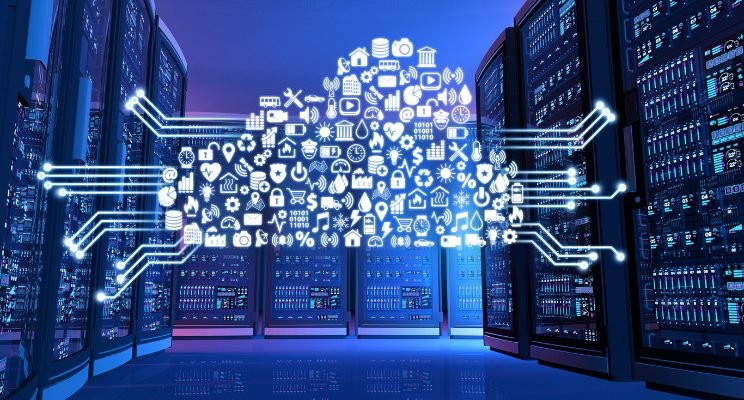AI-Based Solutions for Traffic Optimization: A Smarter Approach to Urban Mobility
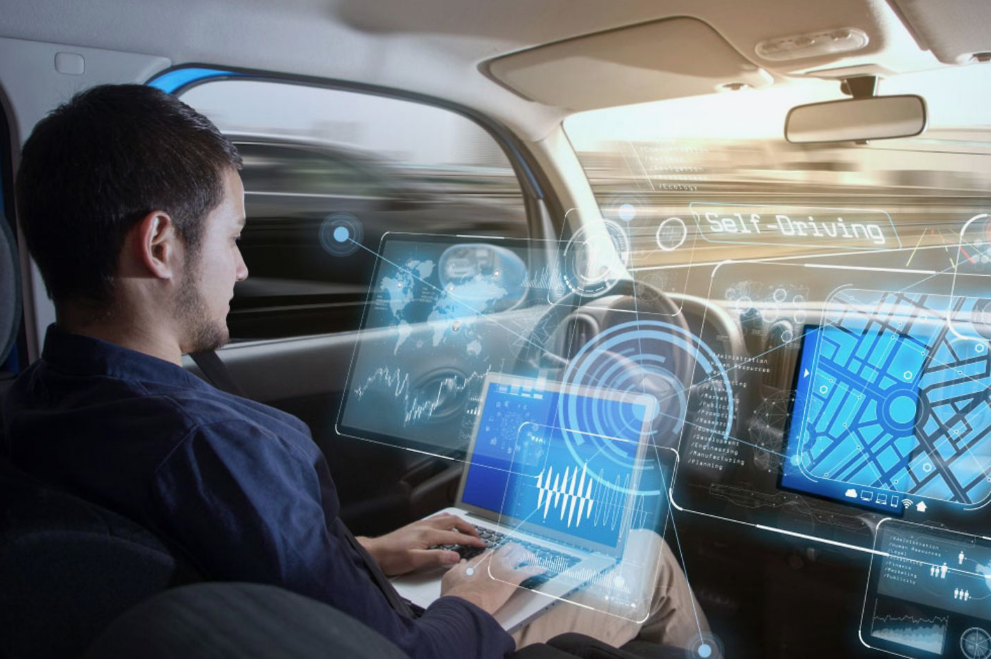
Traffic congestion has become a major problem in today’s fast-paced urban environments. Ineffective transportation systems and an increase in the number of cars on the road have resulted in major traffic jams, pollution, and financial losses.
Therefore, cities worldwide are looking for innovative ways to deal with these problems, and AI-based technologies, like smart PCs, are emerging as a promising approach. AI-based technologies are transforming traffic flow optimization and management in cities.
The size of the worldwide artificial intelligence (AI) in transportation market has been estimated at USD 4.48 billion in 2024 and is projected to expand at a compound annual growth rate (CAGR) of 22.70% from 2023 to 2032, or around USD 23.11 billion.
So, let’s find out what AI-based solutions are for traffic optimization.
AI-Based Solutions for Traffic
Phoenix is implementing a new traffic control system that uses artificial intelligence (AI) to coordinate lights. This technology has reduced vehicle wait times by 40%.
Keep reading to explore numerous AI-derived solutions for traffic optimization.
1. Traffic prediction models
Traffic prediction models are trained to extract relevant information from historical or current data and use it to predict traffic conditions reliably and accurately. This information includes information about commute times, traffic flow, congestion levels, and other related topics.
In this field, AI has several applications and can be used to produce and better understand traffic forecasting phenomena. Currently, a variety of machine learning (and particularly deep learning) methods that can analyze enormous volumes of historical and current data are employed to predict traffic flow, density, and speed.
The best part is that AI smart PCs and laptops can collect real-time traffic data from a number of sources, such as sensors, cameras, and GPS devices, that help in traffic prediction.
2. Enforcement of law in traffic management
AI is utilized to enforce the law in traffic management. ITMS, supported by screenshots and recordings, allows officers to file criminal complaints against lawbreakers.
AI is also utilized in speed violation detection, which notifies the user when numerous individuals ride a motorcycle or bicycle without a helmet. This helps avoid accidents involving motorized vehicles such as bicycles and motorcycles.
The AI PC system can also be integrated with traffic control and CCTV systems to stop the current traffic hazard. This provides a comprehensive solution.
3. AI-powered navigational application
Applications with AI-powered navigation have revolutionized how people travel and navigate. These applications provide more than simply instructions to your location; they also use real-time traffic data from many sources, including GPS signals, traffic sensors, and user-generated information.
This data is then used to dynamically reroute vehicles according to the situation. This concept revolves around the variable speed limit (VSL), which can be configured to react to traffic jams or weather by causing cars to speed or slow down accordingly.
4. License plate recognition
Artificial intelligence algorithms are used in a technique called “AI-driven license plate recognition” to read and recognize license plates on automobiles. Numerous applications of the technology include parking, traffic flow analysis, and traffic law enforcement.
Police use LPR in many locations to find cars that are either stolen or associated with wanted individuals. The New York case served as evidence of the technology’s importance. They were scanning 16 million license plates a week with AI LPR installed on 480 cameras.
As a result, using years’ worth of historical data, AI identified the driver’s dubious behavior. He was following the typical drug dealer route, so the system alerted the police and the criminal was stopped, searched, and arrested.
5. Smart parking prediction
AI can assist with parking situation prediction. For example, AI can help identify which areas are most likely to be crowded and suggest parking spots ahead of a concert or other major community event. This would save drivers time and help them avoid traffic jams.
6. ITS (Intelligent Transport System)
ITS includes a greater range of AI-powered traffic control technologies. These systems combine information from several sources, such as weather sensors, linked cars, and traffic cameras. After that, AI systems can examine this data to:
- Estimate the amount of traffic congestion: Determine any bottlenecks and proactively modify the flow of traffic.
- Send out traffic alerts in real time: Notify drivers of any accidents, closed roads, and detours.
- Improve public transit: Enhance public transportation by analyzing ridership data to improve bus timetables and routes, which will increase ridership and efficiency.
Wrapping Up
As AI takes the lead, our cities have the potential to become carefully planned, sustainable, and geared toward the welfare of all residents. One potential solution to the problems caused by urban congestion is traffic optimization based on artificial intelligence.
AI-powered traffic management will be essential to make sure that everyone has access to affordable, sustainable transportation as cities expand and become more complicated.







